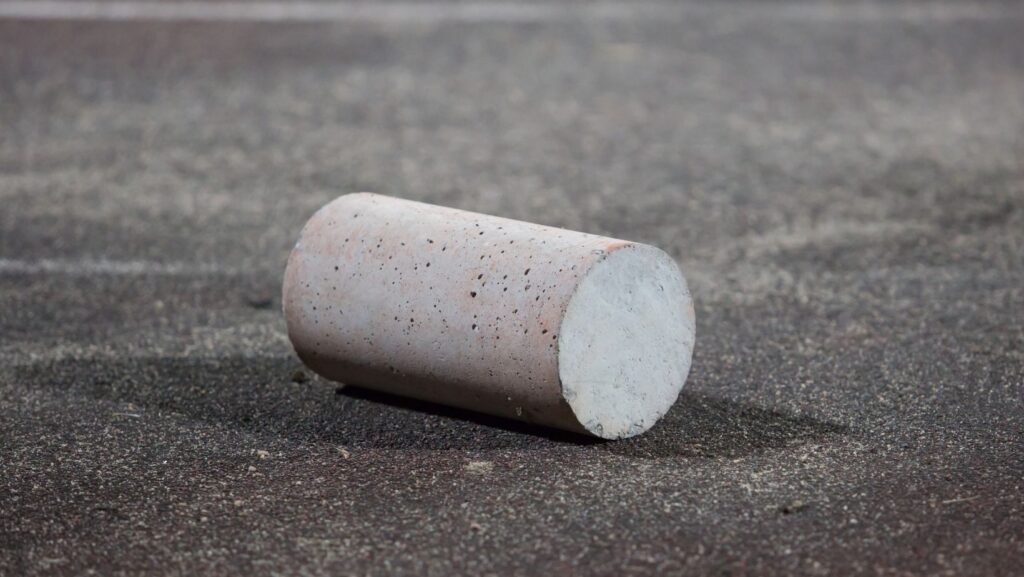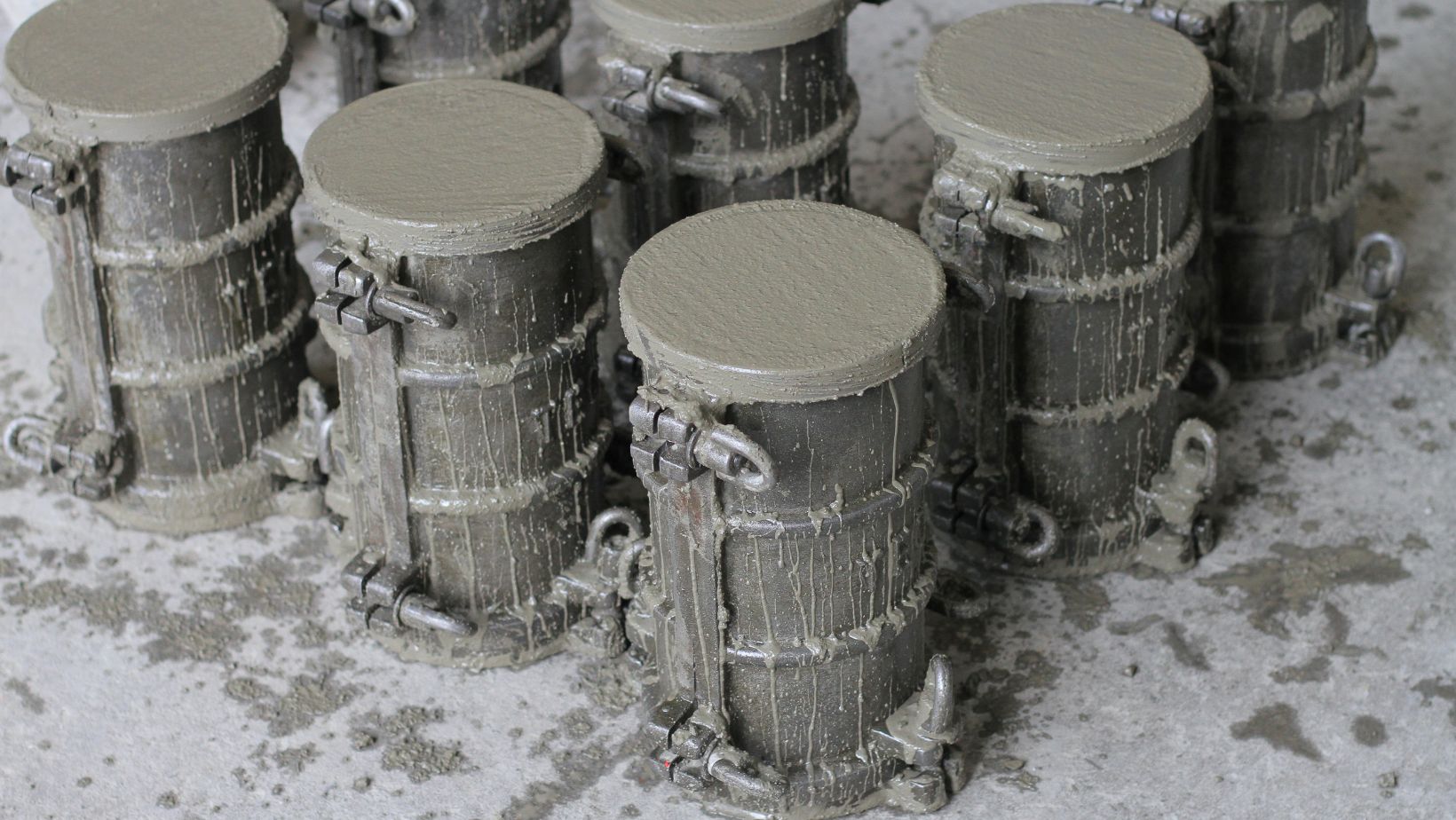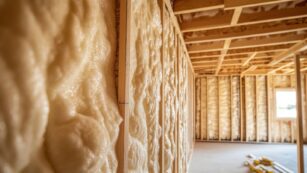
Concrete test cylinder molds are essential tools in the construction industry, playing a critical role in ensuring the quality and strength of concrete used in various building projects. These molds are specifically designed to create cylindrical specimens of concrete, which are then tested to determine the material’s compressive strength. This process is fundamental to ensuring that the concrete used in construction meets the necessary standards and specifications for safety and durability. In this article, we will delve into the details of what concrete test cylinder molds are, their importance, how they are used, and the various types available.
What are Concrete Test Cylinder Molds?
Concrete test cylinder molds are cylindrical containers typically made of plastic, metal, or other durable materials. They are used to form concrete samples in a standardized shape and size, usually 6 inches in diameter and 12 inches in height. These samples, once cured, are subjected to various tests to evaluate their compressive strength, which is a critical indicator of the concrete’s ability to withstand loads and pressure without failing.
The primary purpose of using concrete test cylinder molds is to create uniform test specimens that can provide reliable and consistent data on the quality of the concrete. This is crucial for ensuring that the concrete used in construction projects meets the structural requirements and adheres to industry standards.
Importance of Concrete Test Cylinder Molds
The importance of concrete test cylinder molds cannot be overstated. They are pivotal in the quality control process of concrete production and construction. Here are some key reasons why these molds are essential:
- Quality Assurance: By producing standardized concrete specimens, test cylinder molds help in verifying that the concrete mix meets the required specifications and standards. This is vital for the safety and longevity of the structures being built.
- Compliance with Standards: Concrete test cylinder molds ensure compliance with various industry standards and codes, such as ASTM C31, which specifies the procedures for making and curing concrete test specimens in the field. Adherence to these standards is necessary for regulatory approval and certification.
- Performance Evaluation: The compressive strength of concrete is a critical measure of its performance. Using test cylinder molds allows for accurate assessment of this property, helping engineers and contractors to make informed decisions about the suitability of the concrete for specific applications.
- Consistency and Reliability: By providing a consistent method for sampling and testing concrete, test cylinder molds help in obtaining reliable data that can be compared across different batches of concrete. This consistency is crucial for quality control and assurance.
How Concrete Test Cylinder Molds are Used
The process of using concrete test cylinder molds involves several steps, each of which must be carefully executed to ensure accurate and reliable results. Here is an overview of the typical procedure:
- Preparation of Molds: Before use, the molds must be clean and free from any debris or residue. They are usually coated with a release agent to prevent the concrete from sticking to the sides of the mold.
- Filling the Molds: Freshly mixed concrete is poured into the molds in layers, usually three. Each layer is compacted using a tamping rod to remove any air pockets and ensure uniform density.
- Curing the Specimens: Once filled, the molds are covered and stored in a controlled environment to cure. Proper curing conditions, including temperature and humidity, are crucial for the accurate development of the concrete’s strength.
- Demolding and Testing: After the specified curing period, usually 24 to 48 hours, the concrete specimens are removed from the molds. They are then submerged in water or stored in a moist environment until they are ready for testing, typically at 7, 14, or 28 days.
- Compressive Strength Testing: The cured specimens are subjected to compressive strength tests using a hydraulic press or similar equipment. The maximum load the specimen can withstand before failure is recorded and used to calculate the compressive strength of the concrete.
Types of Concrete Test Cylinder Molds
There are several types of concrete test cylinder molds available, each designed to meet specific needs and preferences. The most common types include:

- Single-Use Plastic Molds: These are convenient and cost-effective for projects where large numbers of specimens are needed. They are typically discarded after one use, which eliminates the need for cleaning and maintenance.
- Reusable Metal Molds: Made of steel or other durable metals, these molds are designed for repeated use. They are more robust and provide greater precision in terms of shape and size consistency. However, they require regular cleaning and maintenance.
- Split Molds: These molds consist of two halves that can be separated for easy removal of the cured concrete specimen. Split molds can be made of plastic or metal and are especially useful for avoiding damage to the specimen during demolding.
- Collapsible Molds: Similar to split molds, collapsible molds can be disassembled to release the cured specimen. They are often used in situations where precise shape and dimension control is critical.
Innovations and Advancements in Concrete Test Cylinder Molds
As the construction industry evolves, so too do the tools and methods used in concrete testing. Recent innovations in concrete test cylinder molds have focused on improving efficiency, accuracy, and ease of use. Some notable advancements include:
- Self-Compacting Molds: These molds are designed to work with self-compacting concrete, which flows and compacts under its own weight. This eliminates the need for tamping or vibration, reducing the risk of air pockets and ensuring more uniform specimens.
- Automated Molding Systems: Automation in the preparation and filling of concrete test cylinder molds is becoming more common. These systems can improve consistency and reduce the labor and time required for specimen preparation.
- High-Precision Molds: Advances in manufacturing techniques have led to the development of molds with extremely tight tolerances, ensuring more precise control over specimen dimensions and improving the reliability of test results.
- Sustainable and Eco-Friendly Molds: With a growing emphasis on sustainability, there is an increasing demand for molds made from recycled or biodegradable materials. These eco-friendly options help reduce the environmental impact of concrete testing.
Challenges and Considerations
While concrete test cylinder molds are indispensable in concrete testing, they come with their own set of challenges and considerations. Some of the key issues include:
- Handling and Storage: Proper handling and storage of both the molds and the specimens are crucial to avoid contamination and damage. This includes maintaining a controlled curing environment.
- Calibration and Maintenance: Reusable molds, especially metal ones, require regular calibration and maintenance to ensure they remain within specified tolerances. Any deformation or wear can affect the accuracy of the test results.
- Environmental Factors: Variations in temperature and humidity during curing can significantly impact the strength development of concrete. Careful control of these factors is essential to obtain reliable data.
- Cost Considerations: While single-use plastic molds are cost-effective for large-scale projects, reusable metal molds can be more economical in the long run for ongoing testing needs. The choice of mold type should be based on the specific requirements and budget of the project.
Conclusion
Concrete test cylinder molds are a fundamental component of concrete quality assurance and control in the construction industry. By providing a standardized method for preparing and testing concrete specimens, these molds help ensure that the concrete used in building projects meets the necessary strength and durability standards. Understanding the different types of molds, their uses, and the importance of proper handling and maintenance can greatly contribute to the reliability and accuracy of concrete testing. As the industry continues to innovate, advancements in mold technology will further enhance the efficiency and effectiveness of concrete quality assurance practices.













